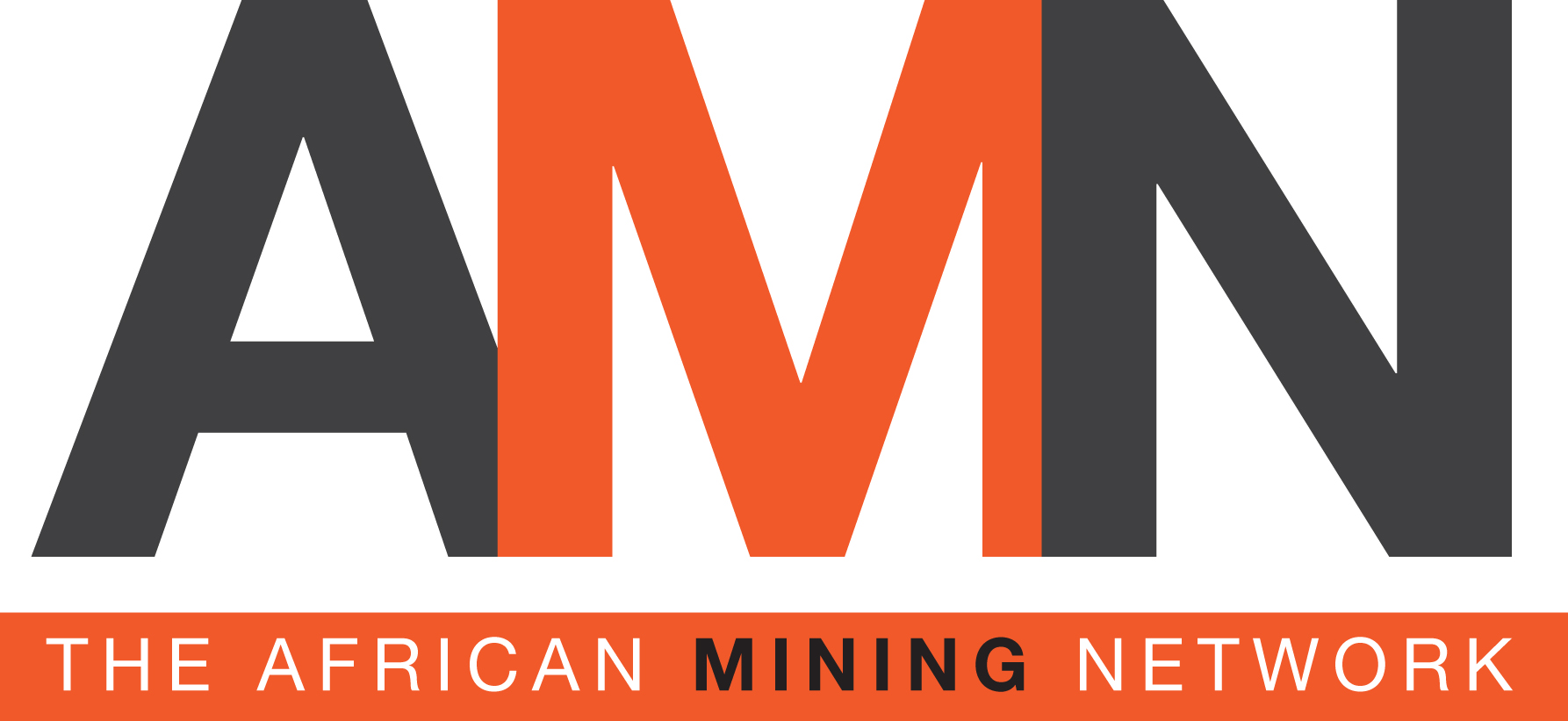- Yolanda Torrisi
- +61 412 261 870
- yolanda@yolandatorrisi.com
- Nina van Wyk
- +27 82 926 3882
- nina@africanminingnetwork.com
![]()
Fifty years on from South Africa’s most destructive earthquake, good disaster planning continues to be relevant for the continent’s resources industry. Some times, some days, some events stick in our minds. What were you doing on a Monday night at 10 o’clock 50 years ago when the Ceres-Tulbagh earthquake struck?
For many Baby Boomers and Generation Xs in Africa, the night of September 29, 1969, will be forever etched in their minds.
The Ceres-Tulbagh earthquake measured 6.3 on the Richter scale and was the strongest quake South Africa had experienced since 1809. People’s homes shook and 12 people died. Children in a young people’s home lost their lives.
It’s a night many will never forget but it leaves a lasting impact in the form of disaster readiness planning in Africa.
Disasters can be man-made or natural, like the Tulbagh quake, and with earthquakes, the cause can be either. Sometimes mining activity can bring on a quake, so it’s best to be ready.
Witwatersrand University research chair Ray Durrheim remembers the earthquake 50 years ago this Sunday and believes Africa can’t afford to be complacent.
Durrheim wrote in the academic journal The Conversation this week that people should prepare and plan ahead for earthquakes.
“There are three important issues to consider when thinking about quakes: first, what causes them; second, how to prepare and plan for them; and third, how to move on after a damaging quake,” he wrote in the open-access news outlet.
“Ideally, earthquake-risk reduction should not be seen in isolation, but be part of an integrated strategy to mitigate the risks posed by both natural (earthquakes, floods, wind storms, epidemics) and human-induced hazards like chemical spills, terrorist attacks.”
The modern approach to emergency planning for mining operations acknowledges mining activity can sometimes activate natural faults in the earth’s surface. In South Africa, places such as Klerksdorp, Welkom and Carletonville, can be at risk.
A sensible approach is to be operations ready and understand how mining can bring on quake activity on fault lines.
Durrheim highlighted on Monday “not all earthquakes are natural. Some of South Africa’s gold and platinum mines are so deep that the great stresses around excavations exceed the strength of the rock, which may rupture suddenly.
“These rock bursts pose a risk to mine workers and nearby communities (and) occur anywhere where mining is deep enough that the mining-induced stresses exceed the strength of the rock.”
Emergency preparedness is not just an effort of the Red Cross or other disaster relief funds. It is a corporate responsibility we must uphold. International standards make it clear corporate citizens should be systems ready for a disaster.
South Africa’s Mining Safety is one effort aimed at saving lives in the mining industry and has highlighted standards relevant for organisations across Africa on its information portal.
Among the best practices it has put forward online are emergency preparedness and response. This involves identifying potential emergency situations and setting out an organisation’s proposed response to the situations.
Being ready for disaster, man-made or natural, is good corporate citizenship for any resource company on the continent and is a way to ensure the sustainability of mining in our communities.
Let’s take the coming weeks as a chance to reflect on what we can do better to prepare for emergencies then set a plan of attack to test and revise our procedures.
Emergency planning involves working out what we are going to do before an incident, during an incident and then afterwards. Each step matters and lives could depend on what we put in place.
Let us remember the Ceres-Tulbagh quake over the coming days and take sensible steps forward.
- Yolanda Torrisi is Chairperson of The African Mining Network and comments on African mining issues and the growing global interest in the continent. Contact: yolanda@yolandatorrisi.com

